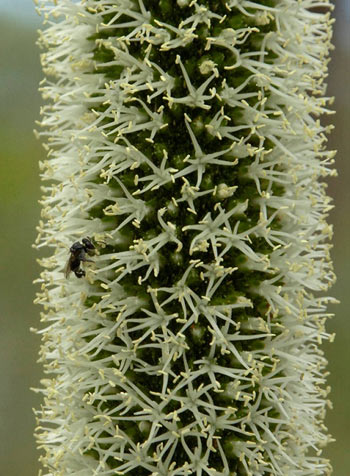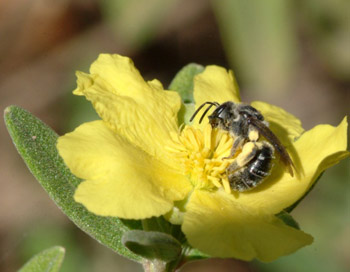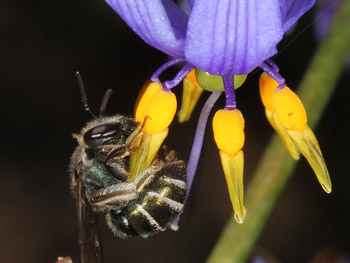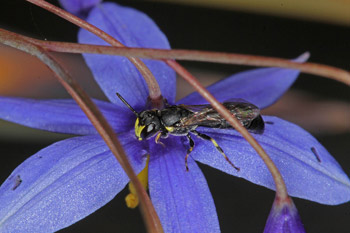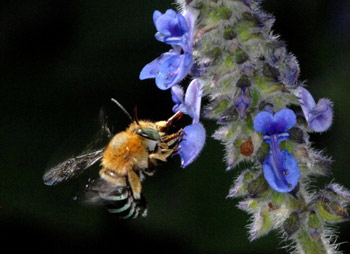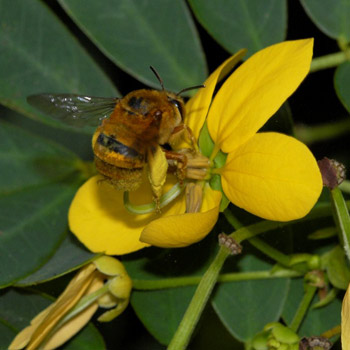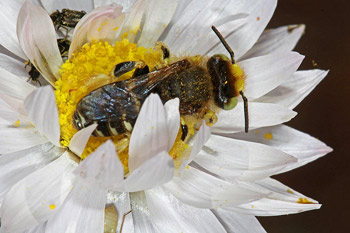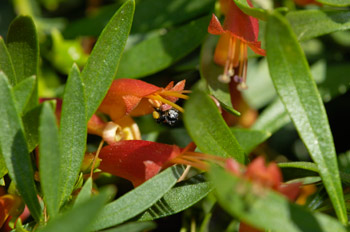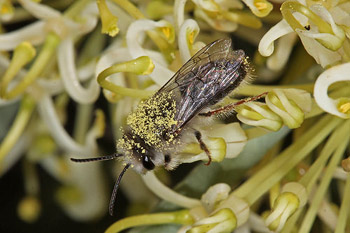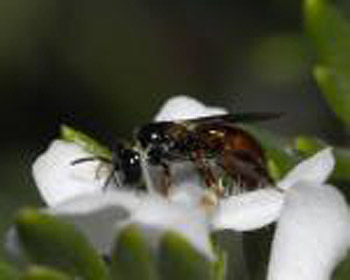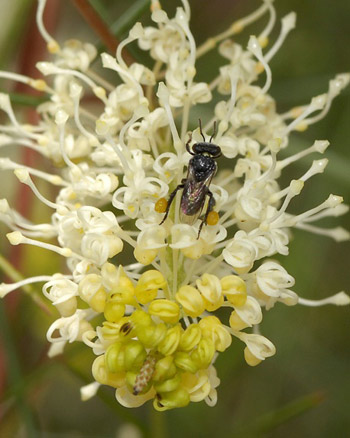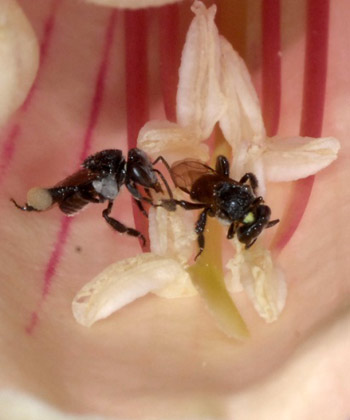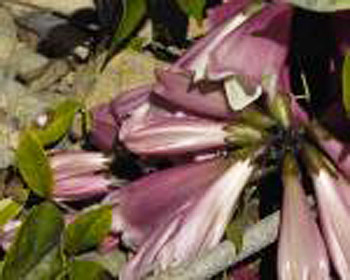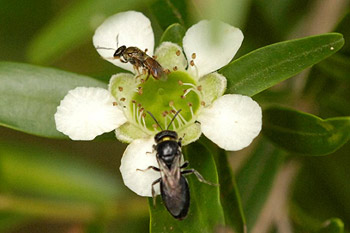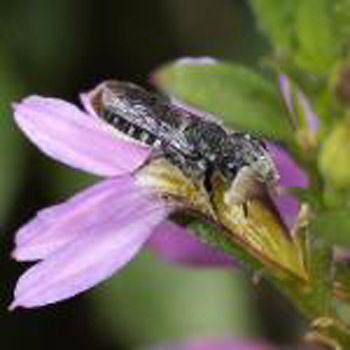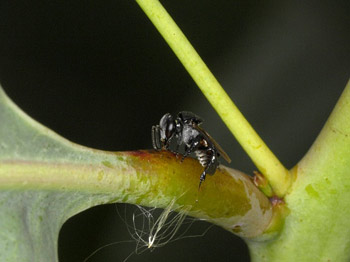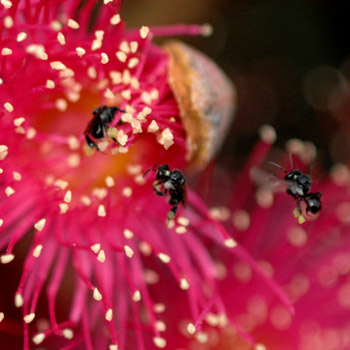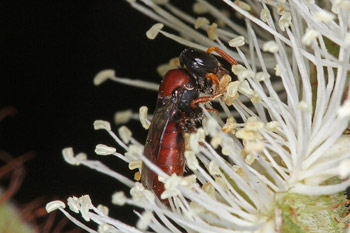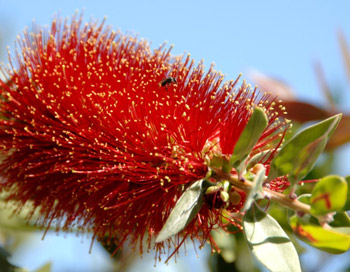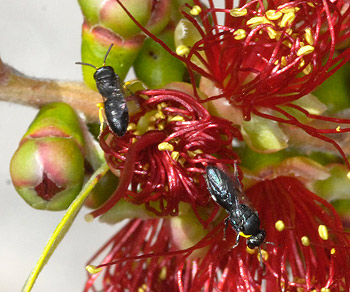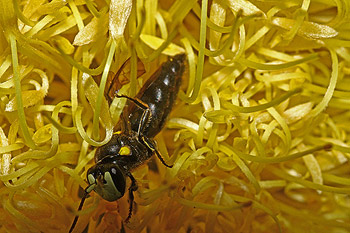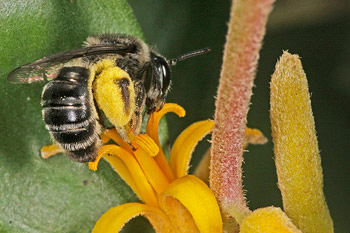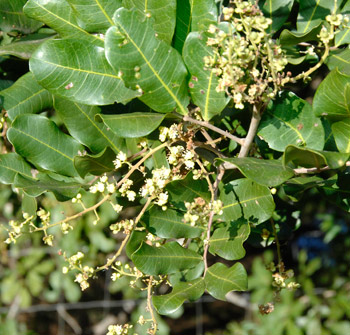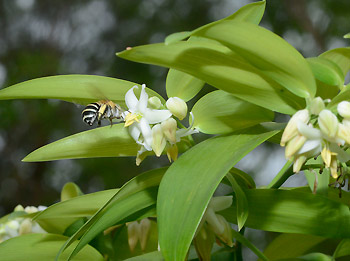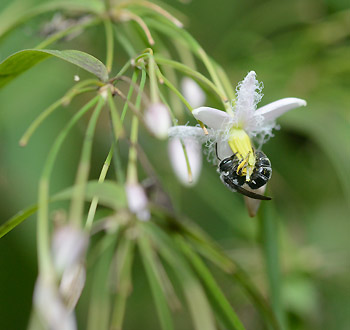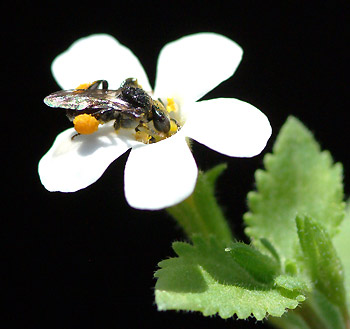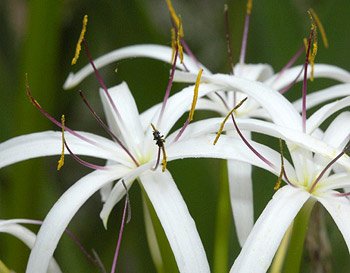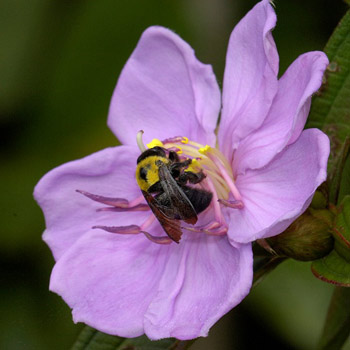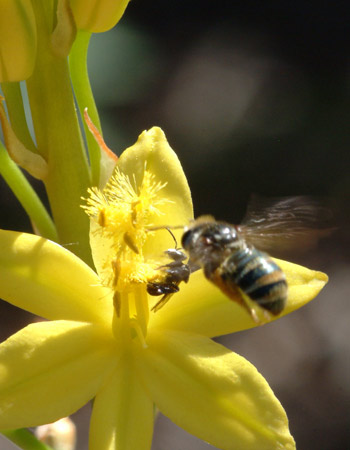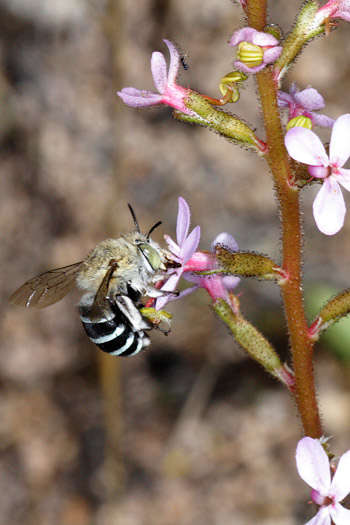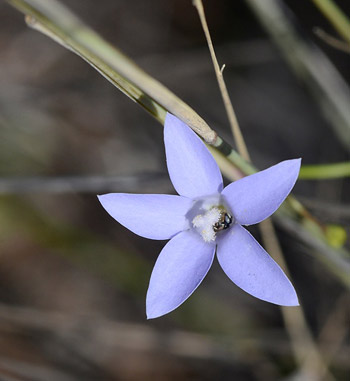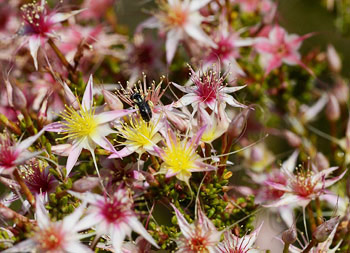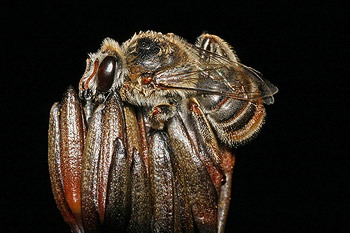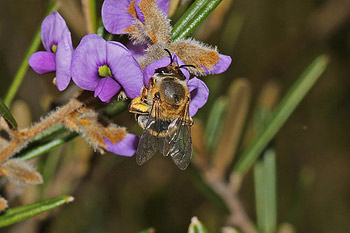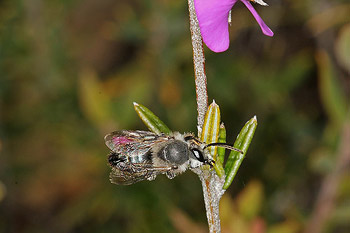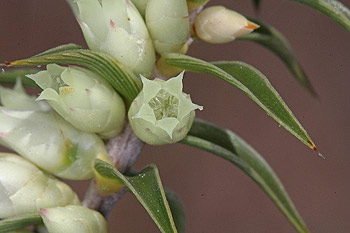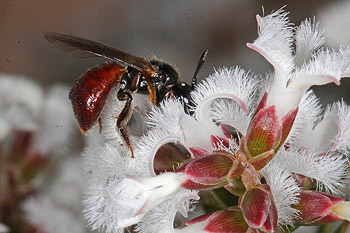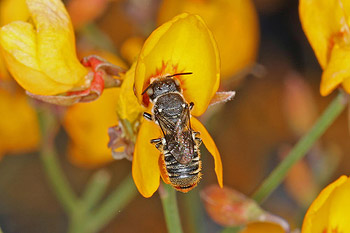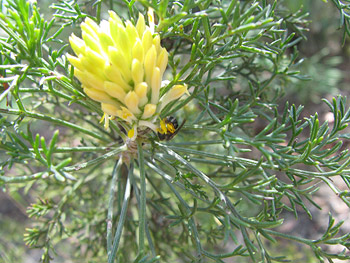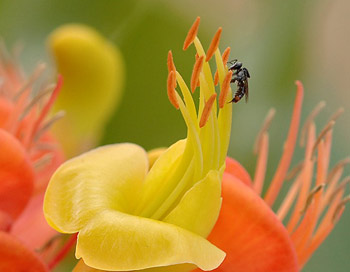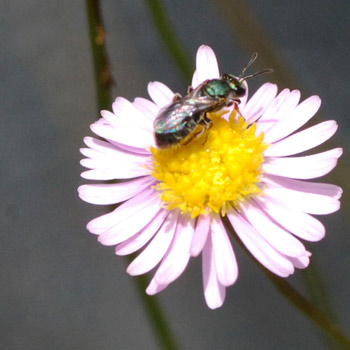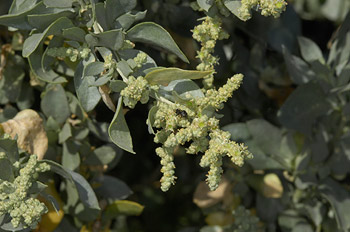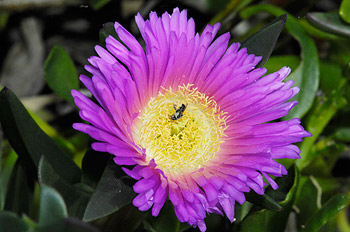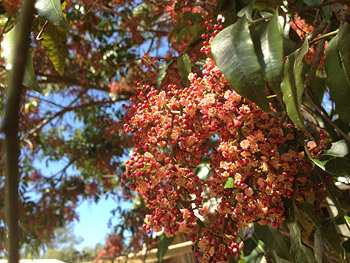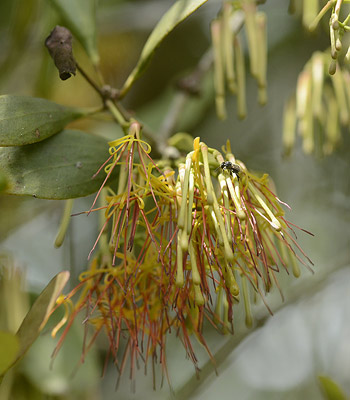Establishing a bee friendly garden using Native Plants, and others
by Bob Luttrell, B Sci (Agr), UQ
Bob the Beeman
Long time amateur beekeeper and meliponist, ex farmer, home gardener
- Australian Native Plants
- Trees used for resin
- Plants providing leaf material for leafcutter bees (saves the roses)
- Exotic Plants – a selection of observations
- Some weeds of note
This list of plants divided into NATIVE and EXOTIC Sections is based on my own observations, and on the observations of others who are keen to foster the presence of bees in their gardens. Plants have to fulfill a number of purposes for bees and this varies with the type of bee. There is of course the obvious requirement for food, nectar and pollen, which are the staples of the diet of bees in general. Additionally plants will provide leaf material for nesting of leaf cutters, resin for building cells and defense of stingless bees and the solitary resin bees, twig shapes suitable for night roosting by males in some solitary bees, even nesting sites for some bees in the form or premade holes in standing trunks and logs.
The lists are heavily based on observation of the social stingless bees, but the many and varied solitary bees are not forgotten. The latter are often quite specific in their choices, and regular in their forage routines.
The order for now is as I think of them, perhaps later a degree of system will be applied. Perhaps even flowering times would be useful.
When planting for bees, it does take a number of plants of a certain type all flowering together to be of interest to encourage bees to visit. The small Sennas are great for this by taking little space and flowering for a long time. The same for the Plectranthus and Dianella.
Some plants found useful for general bee foraging by myself and others
THIS IS FAR FROM AN EXHAUSTIVE LIST – IT IS A GENERAL GUIDE ONLY TO PROVIDE A FEW PLANTS FOR A START.
There are other needs to consider like providing nesting areas for the various solitary bees. Stingless bees are easy, they can be provided with an appropriate box. Some solitaries nest in the ground so need specific ground conditions. An area of bare soil will help, and under house area is attractive for some. Standing logs with holes are attractive for others. There is much published in this areas. Bee hotels in fact are almost fashionable. Mud brick walls, are less so, but very popular with some bees, much to the chagrin of the owners of mud brick houses.


